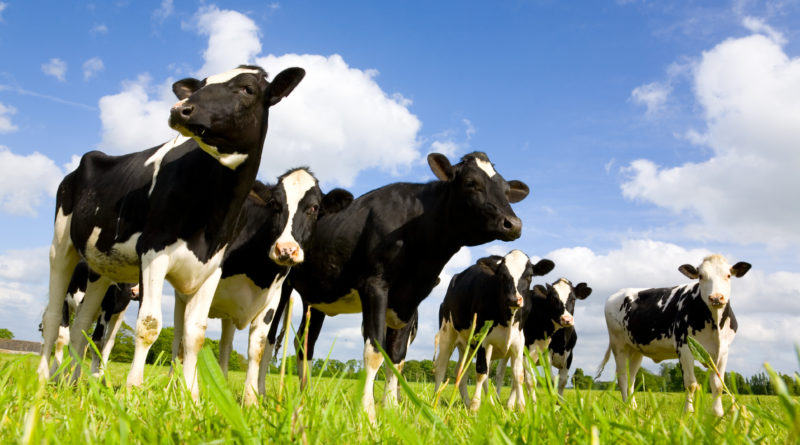Lab-Grown Meat Might Be Bad For The Environment
1,593 total views, 1 views today
In recent years, scientists have figured out laboratory methods through which meat can be grown. Advocates for green, animal-friendly lifestyles have praised these processes as the meat source of the future. They also reduce the impact that livestock cultivation has on the environment.
Or do they?
A recent study published in the scientific journal Frontiers for Sustainable Food Systems suggests that, over time, growing meat in labs rather than acquiring it from traditional sources may actually exacerbate the many problems posed by climate change. The arguments that the authors of the study make relates to the different lifetimes of greenhouse gases in the earth’s environment.
The study addresses the differences between carbon dioxide, which is almost certainly the gas most closely associated with climate change, and methane, another potent greenhouse gas. Methane traps 30 times more heat than carbon dioxide does, but its lifetime in the earth’s environment is only 12 years. Carbon dioxide, on the other hand, stays in the environment for more than a century.
How these gases tie into the real versus lab-grown meat debate is the amount of gas that each process creates. Animals kept as livestock emit excessive amounts of methane, so lab-grown meat comes with the benefit of not creating this intensely heat-trapping gas. It’s not just methane emissions that laboratory processes cut back on, though: nearly 15 percent of emissions of all greenhouse gas worldwide are generated by livestock.
But, the authors of the study argue: electrically powering any laboratory uses massive amounts of carbon dioxide, meaning that lab-grown meat production will contribute more to greenhouse gas emissions over time.
The authors of the study suggest that, since most of the world’s energy systems are not yet reliant on emissions-free processes, the majority of labs that produce meat will continue to accelerate climate change simply by operating. The study was conducted on the basis of an imagined 1,000-year future in which lab-grown meat is made by the same methods it is today, using the same energy sources prevalent today.
At least one critic of the study has stated that it’s not likely that, over this lengthy period, the energy sources used to power laboratories will remain the same. On the other hand, the study’s authors noted that the quantity of energy required to power the world is so massive that we’ll likely be using the carbon dioxide-generating sources familiar to us for quite some time.
So: does this study prove that lab-grown meat is worse for the environment than meat produced from livestock? The authors of the study really do think so: even in the version of their trials in which a meat-producing laboratory’s carbon footprint was the lowest, the long-term environmental effects were far more burdensome than from livestock production over the same term. What will make the difference, then, is a global shift to energy production sources that don’t emit carbon dioxide. The authors of the study, given the energy production constraints of 2019, may be correct in their findings, but because the green and animal rights movements have made such vast strides that lab-grown meat is now a prevalent force, it’s possible we could find ourselves relying entirely on carbon-free energy sources sooner than later — and then, lab-grown meat can truly be the future of environmental justice.

